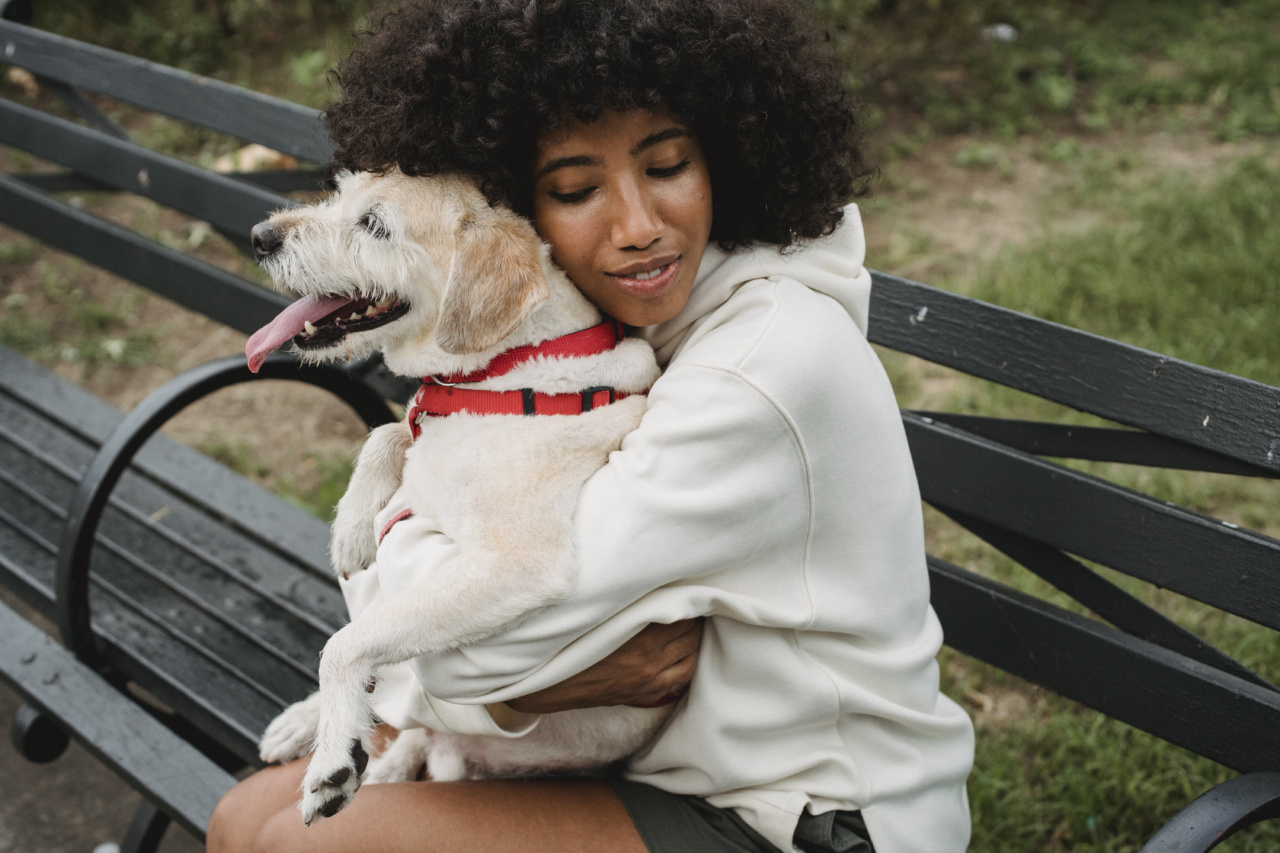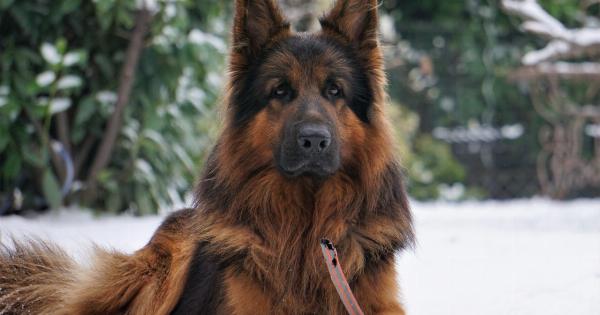Dogs are known for their unwavering loyalty and deep emotional connections with their human counterparts. When a beloved canine companion passes away, it is not uncommon for dogs to experience grief and exhibit signs of mourning.
Like humans, dogs undergo a process of grieving, as they come to terms with the loss and adjust to a life without their furry friend. It is essential for dog owners to recognize the signs of dog mourning and offer the necessary support to help their beloved pets through this difficult time.
Signs of Dog Mourning
Dogs may display various signs of mourning in response to the loss of a companion. These signs can differ from one dog to another, depending on their individual personalities and the strength of the bond they had with the deceased dog.
Here are some common signs of dog mourning that dog owners should be aware of:.
1. Loss of Appetite
One of the most prominent signs of dog mourning is a loss of appetite. Dogs may refuse to eat or eat significantly less than usual after the loss of a companion. This decrease in appetite can last for several days or even weeks.
2. Changes in Sleep Patterns
Dogs may experience disruptions in their sleep patterns when mourning the loss of a companion. They may have trouble falling asleep or getting a restful night’s sleep.
Additionally, some dogs may even seek out the deceased dog’s sleeping area as a means of seeking comfort.
3. Lethargy and Decreased Activity
A grieving dog may become lethargic and show a decrease in activity levels. They may prefer to lie around instead of engaging in their usual play or exercise routines. This lack of energy is a common symptom of mourning.
4. Increased Vocalization
Dogs may vocalize more frequently when experiencing grief. They may whimper, howl, or bark excessively as a means of expressing their sadness and longing for their lost companion.
5. Withdrawal and Social Isolation
Grieving dogs may withdraw from social interactions with both humans and other animals. They may choose to spend more time alone, seeking solitude as they process their emotions. This withdrawal is a natural response to loss.
6. Restlessness and Agitation
On the other end of the spectrum, some dogs may exhibit restlessness and agitation when mourning the loss of a companion. They may pace back and forth, exhibit repetitive behaviors, or show signs of anxiety.
7. Loss of Interest in Surroundings
Grieving dogs may lose interest in activities or surroundings that once brought them joy. They may no longer show enthusiasm for walks, playing with toys, or interacting with their favorite humans.
8. Searching and Vocalizing
In an attempt to find their lost companion, some dogs may search for them and vocalize their distress. They may sniff around the home, go out on solo expeditions, or become fixated on areas where their lost companion spent time.
9. Changes in Elimination Habits
Changes in elimination habits can also indicate dog mourning. Some dogs may experience house soiling accidents, whereas others may hold their bladder for extended periods due to anxiety or distress.
10. Changes in Behavior towards Humans
Grieving dogs may display changes in their behavior towards humans. They may seek more affection and attention, or conversely, may become more aloof and avoid contact. These changes in behavior are a reflection of their emotional state.
Offering Support to a Mourning Dog
When a dog is mourning the loss of a companion, it is crucial for their human owners to provide support and understanding. Here are some ways to help a mourning dog:.
1. Maintain Routine
Keeping a consistent routine can provide a sense of stability and comfort to a mourning dog. Stick to regular feeding times, exercise schedules, and daily activities to help them adjust to the new normal.
2. Provide Extra Comfort and Reassurance
Offering extra comfort and reassurance can make a significant difference for a grieving dog. Spend additional quality time with them, provide plenty of physical affection, and offer soothing words to let them know they are loved and cared for.
3. Create a Safe Space
Creating a safe space where the mourning dog can retreat to can be beneficial. Set up a cozy area with their bed, toys, and comforting scents. This safe space will serve as a sanctuary for them to relax and feel secure.
4. Engage in Gentle Exercise
Gentle exercise can help distract a mourning dog from their grief and release endorphins that promote feelings of well-being. Take them for walks, engage in low-intensity play sessions, and provide mental stimulation through puzzle toys.
5. Monitor their Diet
During the grieving process, some dogs may struggle with eating. Monitor their food intake and consult with a veterinarian if their loss of appetite persists. They may recommend changes to their diet or prescribe appetite stimulants if necessary.
6. Avoid Abrupt Changes
It is crucial to avoid making any sudden changes in the mourning dog’s environment or daily routine. Stability and predictability are essential during this time of emotional upheaval.
7. Seek Professional Help if Necessary
If a dog’s mourning symptoms persist for an extended period or significantly impact their quality of life, it may be beneficial to seek professional help.
A veterinarian or animal behaviorist can provide guidance and support to help the dog through their grieving process.
Coping with the Loss Together
Dogs are incredibly perceptive to their owners’ emotions, and they can sense when their human counterparts are grieving the loss of a companion. By working together to cope with the loss, both the dog and their owner can find solace and healing.
Understanding Grief is Universal
Grief is a universal emotion that knows no boundaries. Dogs may not comprehend the intricacies of death, but they experience a deep sense of loss when a companion passes away.
Recognizing the signs of dog mourning and offering support is crucial in helping our furry friends navigate the difficult journey of healing and adjusting to life without their loved ones.






























